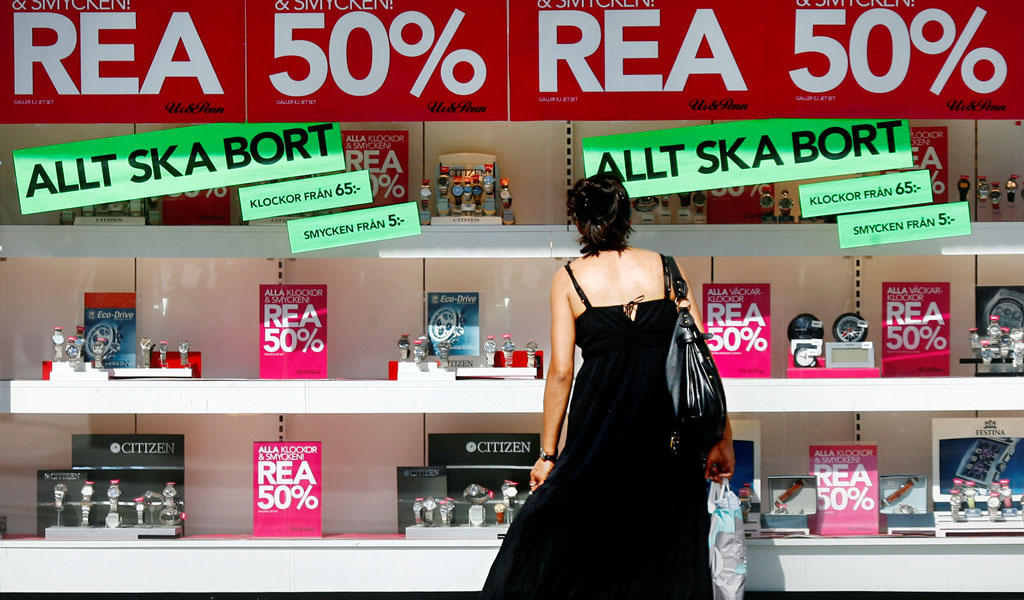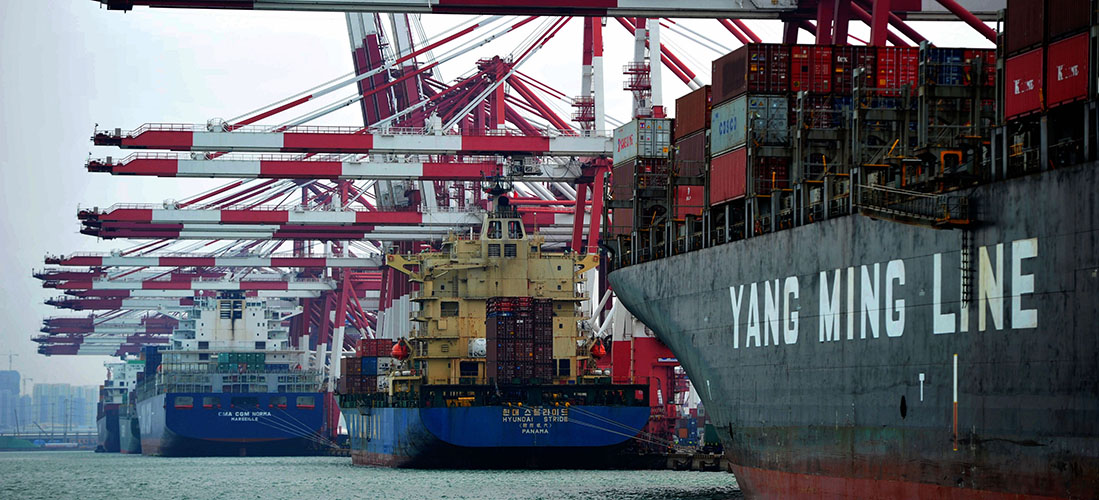(Versions in Español, Français, Português, Русский)
With all the anxiety generated by the troubles of Portugal, Greece, and Ireland, it is easy to forget that a different part of Europe was in the spotlight two years ago, facing equally dire predictions of bank runs, fiscal ruin, and devaluation.
Today, many economies in emerging Europe are quietly staging a strong comeback. Most impressive is the turnaround in the three Baltic countries, which suffered record deep recessions in the wake of the 2008/09 financial crisis. Take Lithuania, which grew an eye-catching 14.7 percent in the first quarter of 2011. But many other countries in the region are seeing strong growth as well.
True, it will take a while before most crisis-hit countries will be able to reclaim the economic output that was lost as a result of the crisis. But things are definitely going in the right direction. Most encouragingly, the growth pattern is very different from that in the years leading up to the crisis.
- During the boom years, emerging Europe grew rapidly, but growth in many countries was unbalanced—real estate, construction, and banking boomed while manufacturing languished. Capital inflows were large, but they boosted demand rather than supply, and led to a surge in imports, extremely high current account deficits―25 percent of GDP in Latvia and almost 30 percent of GDP in Bulgaria ―and overheating.
- Today, growth is driven by exports and manufacturing. Take Estonia, where exports of goods in the fourth quarter of 2010 were 52 percent higher than a year earlier. The old growth engines are spluttering, but others have kicked into gear. And it is not just exports anymore―the recovery is broadening to include investment and even consumption. In 2011, domestic demand is set to become the main growth engine in emerging Europe.
What has caused the shift? The answer is both markets and policies.
- Markets at work. During the boom years, real estate, construction, and finance were very profitable—much more so than manufacturing. But profits were artificially inflated by asset price bubbles and the under-pricing of risk. Now that profits have evaporated, investors are moving into other sectors. The adjustment is underpinned by improving competitiveness—the wage explosion of 2007-08 has given way to a decline in labor costs across the region.
- Policies have delivered. Painful but determined fiscal adjustment put public finances back on track, which has led to a sharp reduction in risk. For instance, Latvia’s credit default swap spread (which measures the cost of insuring debt against default) is 200 basis points today―down from 1100 basis points in 2009.
Given this good news, what more can policymakers do to sustain the recovery—and prevent a new boom-bust cycle? Raising the long-term growth trend is key.
- Good structural policies can raise growth potential. A big push to remove bottlenecks in energy, transportation, and communication would boost productivity. Here, funding from the European Union could be used to overcome the current lack of domestic resources. Efforts to upgrade the skills of the labor force would enable industry to climb the quality ladder.
- Good macroeconomic policies can prevent boom-bust cycles. When the next boom takes off, policies should be much tighter. This will reduce the risk of overheating that pulls resources away from manufacturing and other traded goods into sectors where there is little competition, such as real estate and banking. When revenues are growing strongly, they should not be used to increase spending and public wages, as was done during the boom years. Instead, savings that can stimulate the economy during a downturn should be built up. This means that large, even very large, surpluses may be needed during boom years.
Emerging Europe still has a lot of scope for catching up with advanced Europe. But catching-up is not a law of nature―without the right policies, countries can get stuck, as we have seen all too clearly with Greece, Ireland, and Portugal.




